World-wide glacier retreat is one of the most obvious and impressive manifestations of climate warming. On a regional scale, glaciers fluctuations may affect landscape, meltwater supply (reservoirs, irrigation), security of infrastructure and buildings (ice avalanches, outbursts of glacial lakes), and tourist industry (ski areas, attractiveness of alpine scenery). To counter this in the swiss alps, a study based on a 20 year weather data shows that the Morteratsch Glacier (Swiss Alps) can reglaciate and advance again using artificially produced summer snow produced just by gravity. In the Himalayas, the Icestupa Artificial Glacier Technology was pioneered to compensate for reduced runoff by reutilising unused winter meltwater for irrigation. Such interventions can sustain the mountain regions as water towers of the world and also provide economical stability by strengthening agricultural production and tourism development.
Long Description
HOW IT WORKS
The idea is very simple and needs no pumps or power. We all know that water maintains its level. Therefore water piped from 60m upstream would easily rise close to 60m up from ground when it reaches the village. For simplicity we can imagine that the pipe is mounted on a mobile-phone tower of that height, and then it is made to fall from that height in cold Ladakhi winter nights when it is -30 to -50°C outside (with wind chill factor). The water would freeze by the time it reaches the ground and slowly form a huge cone or Ice Stupa roughly 30 to 50m high. In reality we won’t even need a tower structure since we can let the piped water first freeze at the ground level and then mount higher meter by meter as the thickness of the ice grows, finally reaching close to the height of the source.
The idea is also to conserve this tower of ice as long into the summer as possible so that as it melts, it feeds the fields until the real glacial melt waters start flowing in June. Since these ice cones extend vertically upwards towards the sun, they receive fewer of the sun’s rays per the volume of water stored; hence, they will take much longer to melt compared to an artificial glacier of the same volume formed horizontally on a flat surface.


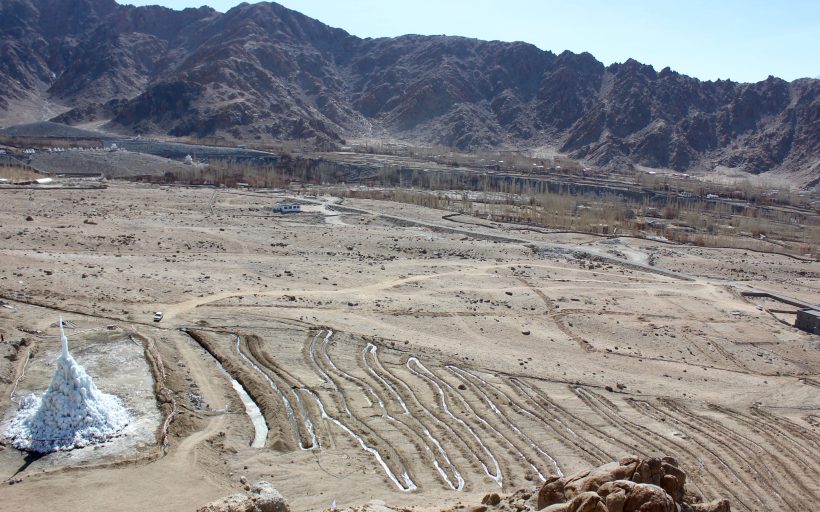
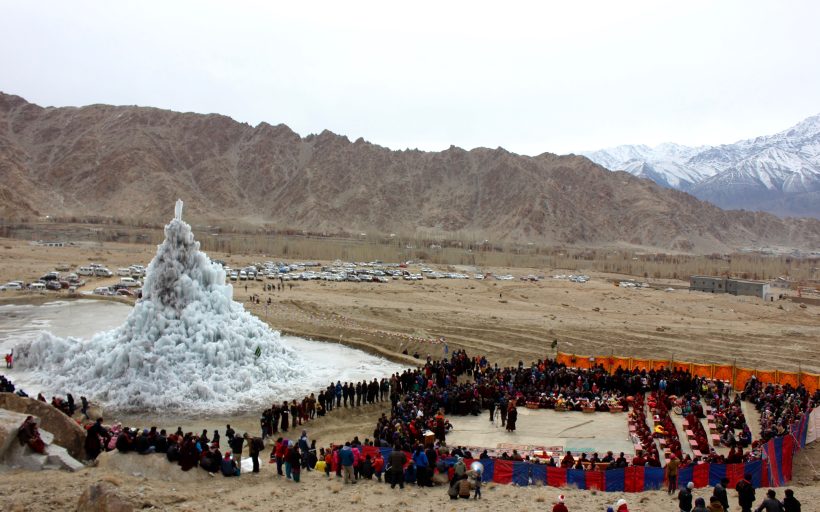
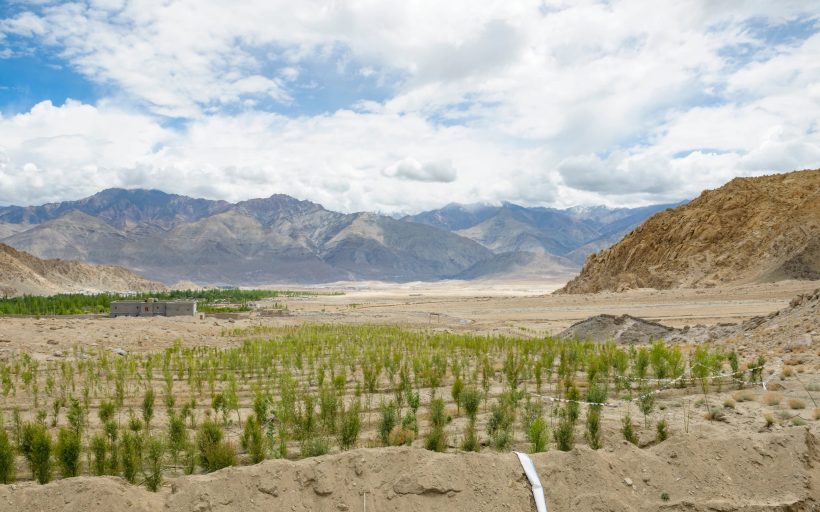


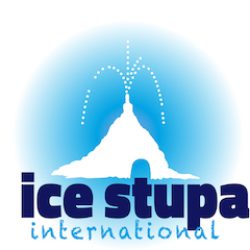
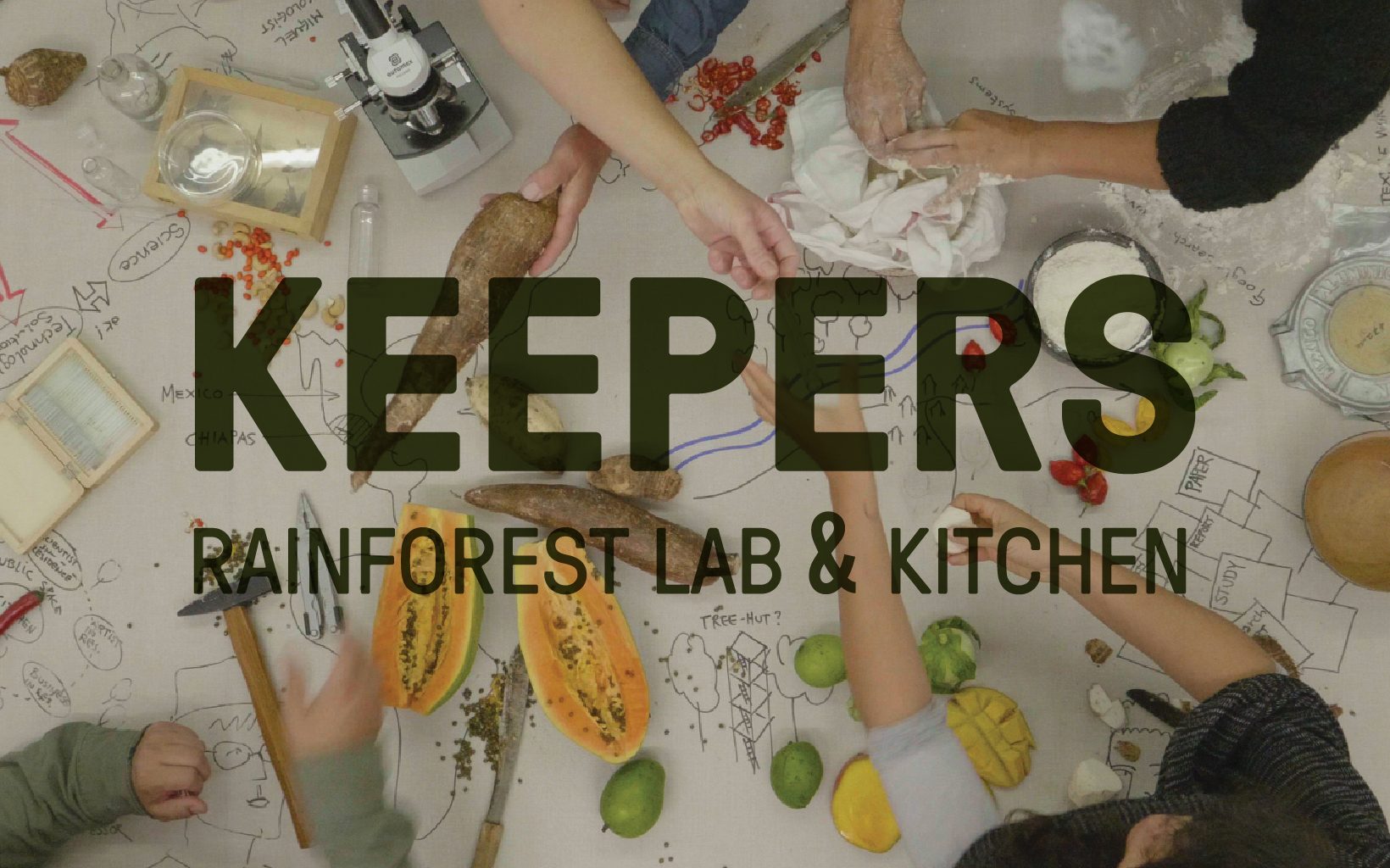
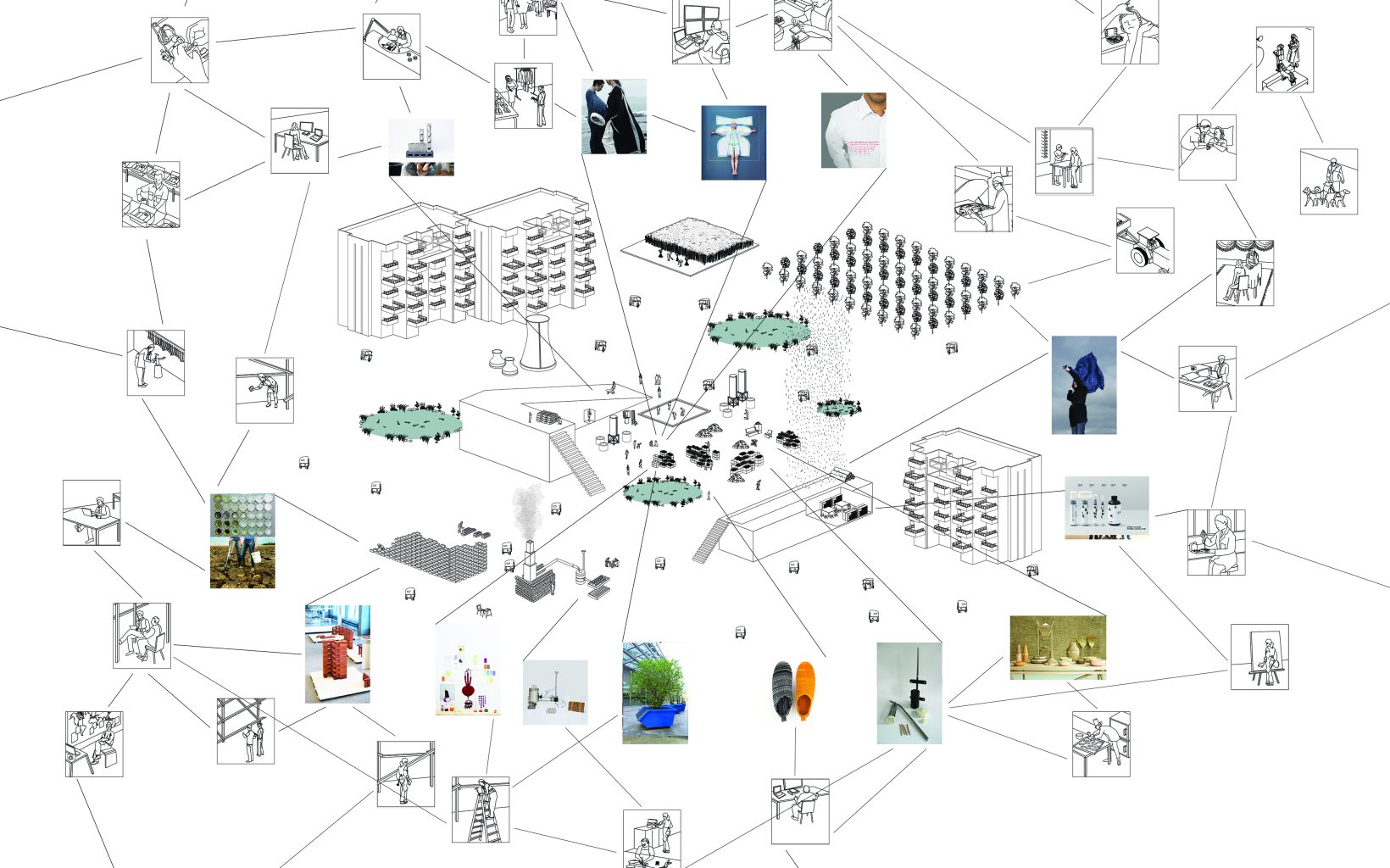
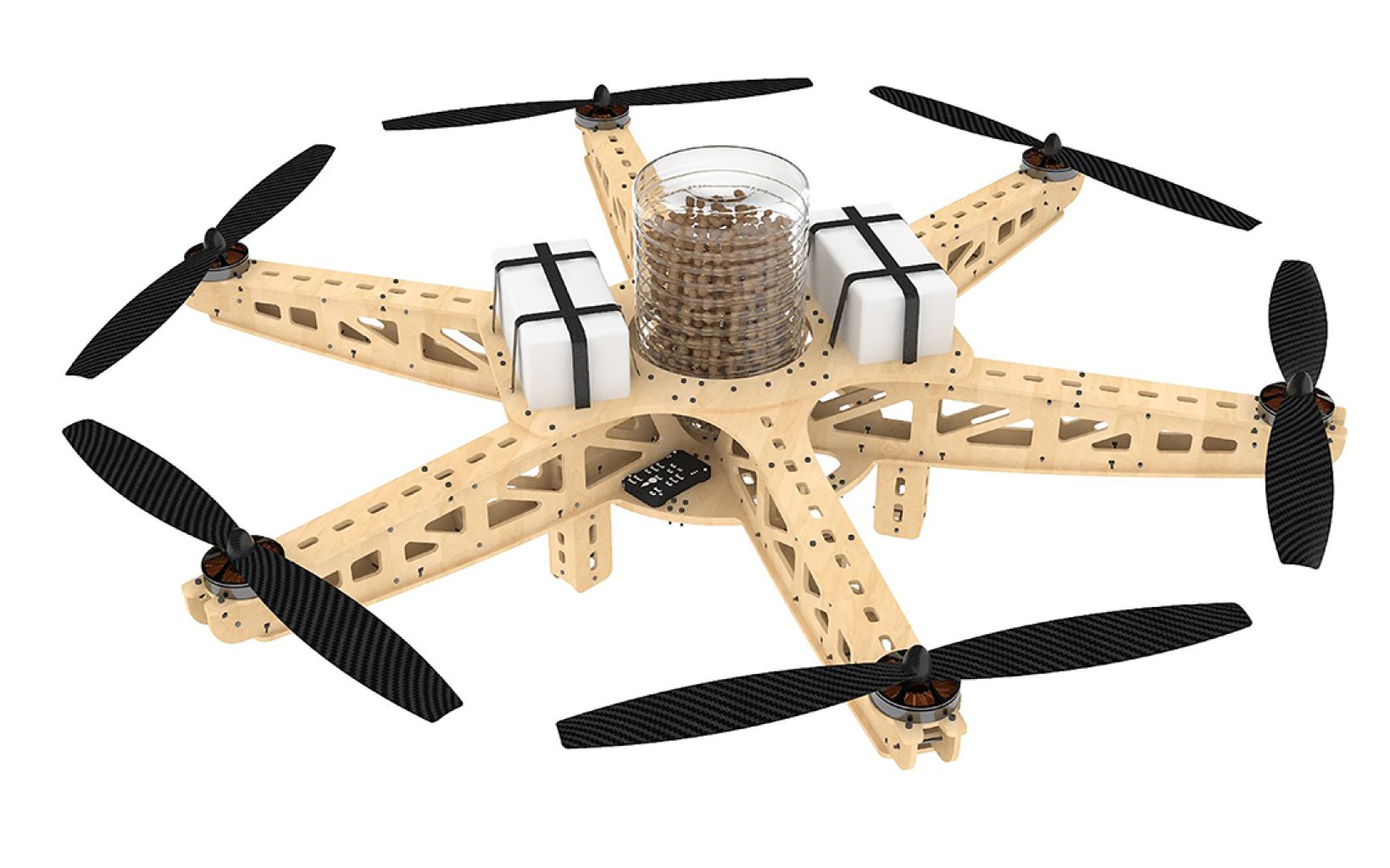
Share on social media.
Facebook
Twitter
LinkedIn
Mail